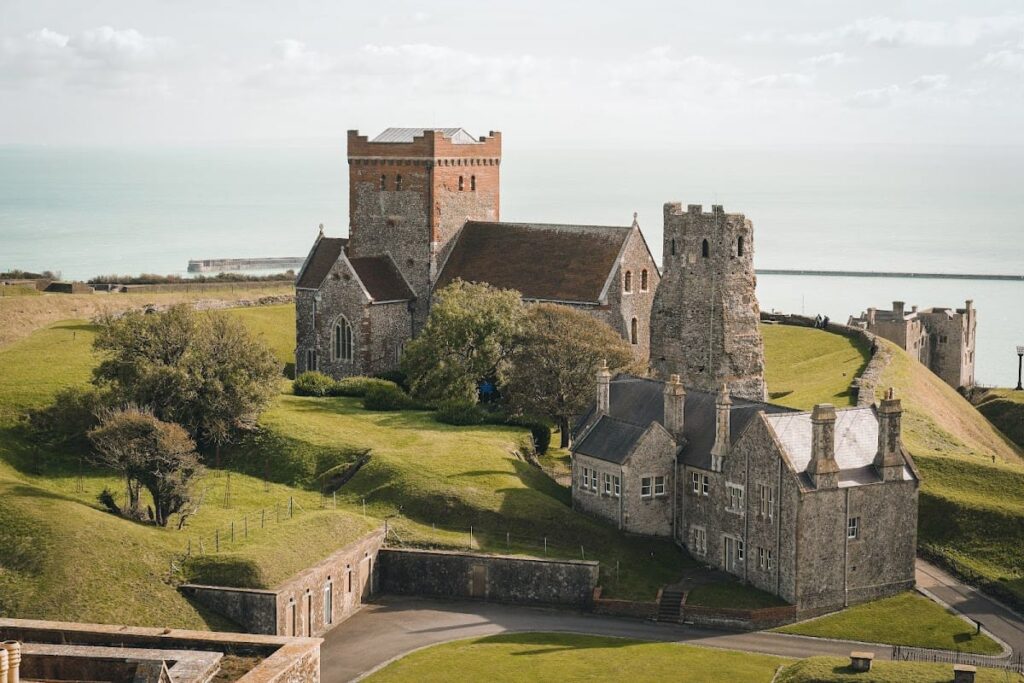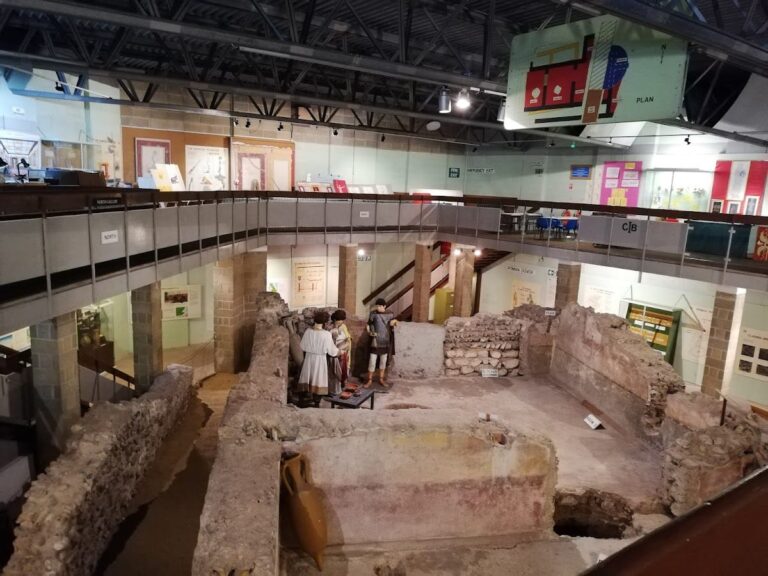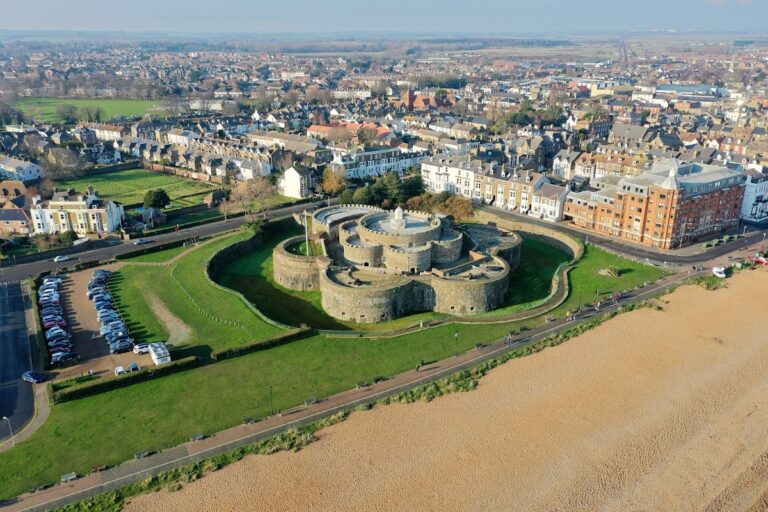Dover Roman Lighthouse
Visitor Information
Google Rating: 4.6
Popularity: Very Low
Google Maps: View on Google Maps
Official Website: www.english-heritage.org.uk
Country: United Kingdom
Civilization: Roman
Remains: Civic
History
The Roman lighthouse at Dover was built by the Romans shortly after their conquest of Britain. Constructed in the 1st century AD, it served as a navigational aid for ships entering the harbour. The lighthouse was inspired by the Tour d’Ordre, a similar structure built for Emperor Caligula’s planned invasion of Britain from Boulogne. Dover, known to the Romans as Dubris, was a port and military base on the English Channel.
During the Roman occupation, Dover was initially guarded by the Classis Britannica, the Roman naval fleet responsible for patrolling the Channel. Around AD 270, a Saxon Shore fort was built on the site, replacing an earlier Roman mansio, or official lodging house. This fortification strengthened the town’s defenses against seaborne threats. The lighthouse was integrated into this maritime military complex, supporting both navigation and defense.
In the medieval period, the eastern lighthouse was preserved and incorporated into Dover Castle. It became the bell tower for the church of St Mary de Castro, which was built adjacent to the lighthouse. Dover Castle itself underwent significant rebuilding under King Henry II and later served military roles, including during World War II. The western lighthouse, however, fell into ruin and was only rediscovered in the 19th century within the Western Heights fortifications.
Remains
The Roman lighthouse complex at Dover includes two main towers and associated Roman military structures. The eastern lighthouse stands about 80 feet (24 meters) tall and retains much of its original Roman masonry. It has been adapted as the bell tower for St Mary de Castro church within Dover Castle.
The western lighthouse survives only as fragmentary ruins known locally as the Bredenstone or Devil’s Drop of Mortar. These remains were uncovered in the 1860s within the Drop Redoubt, part of the Western Heights fortifications. The ruins are partially covered by later 18th-century military works.
Nearby, the Roman Painted House mansio was excavated in the 1970s during road construction. This building featured over 400 square feet (37 m²) of painted plaster murals, including fluted columns and Bacchic motifs. The mansio was demolished to build the Saxon Shore fort, which preserved the wall paintings by incorporating the mansio’s foundations into its ramparts.
Archaeological remains of the Saxon Shore fort and the Classis Britannica naval fort are visible at the Painted House site. These remains are protected under a shelter built in the 1980s by the Kent Archaeological Rescue Unit. Important artefacts, such as a large Roman glass vessel, have been found here.










